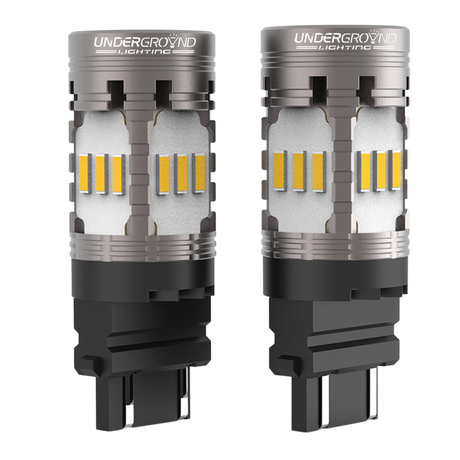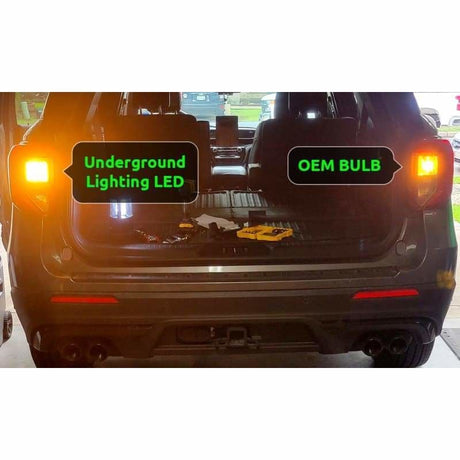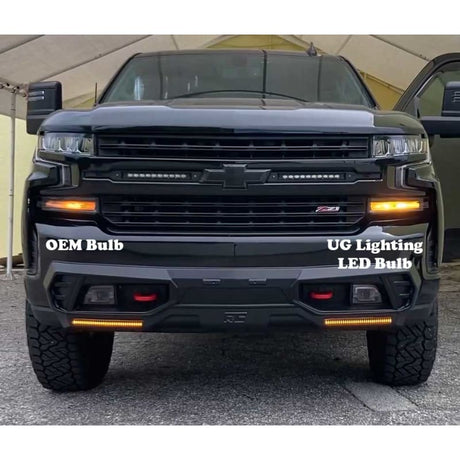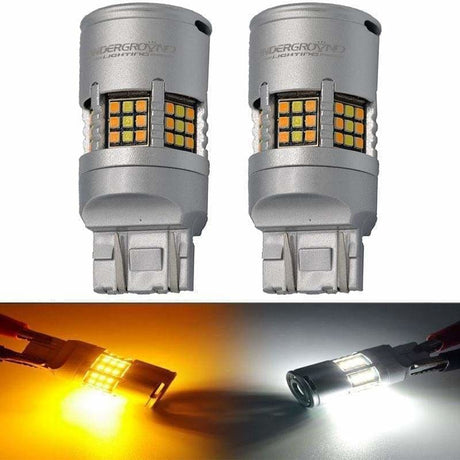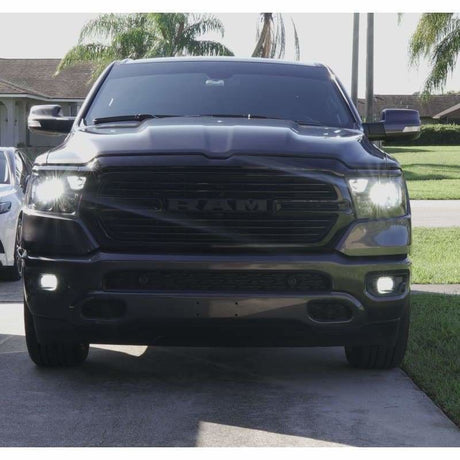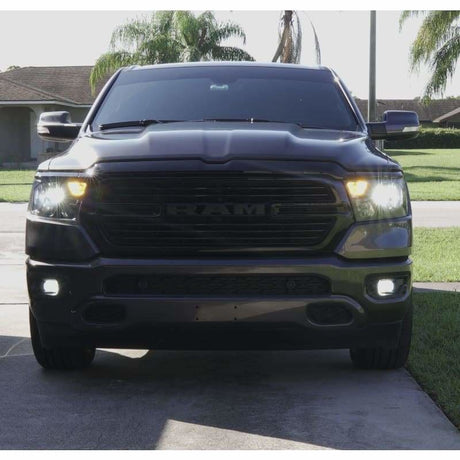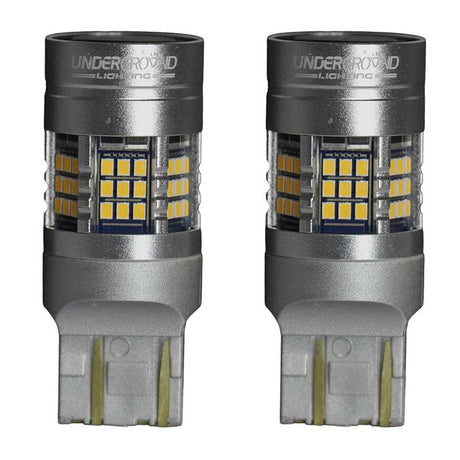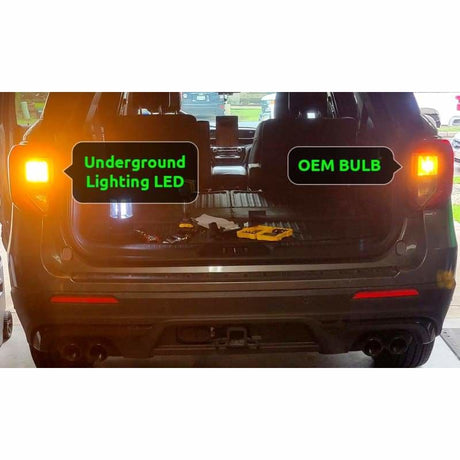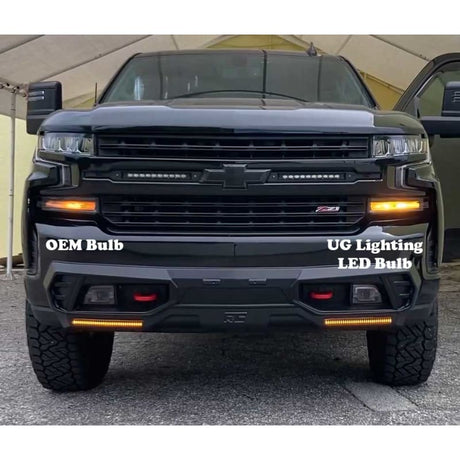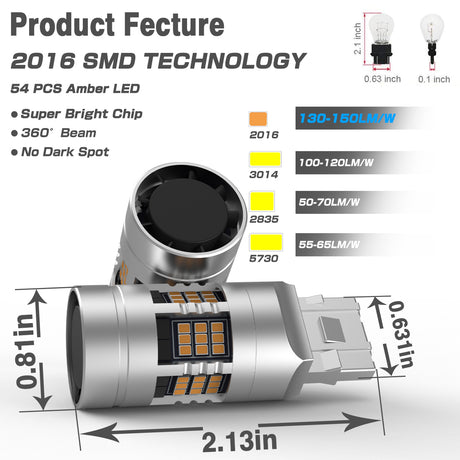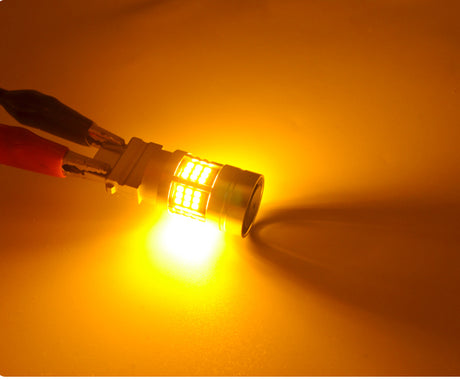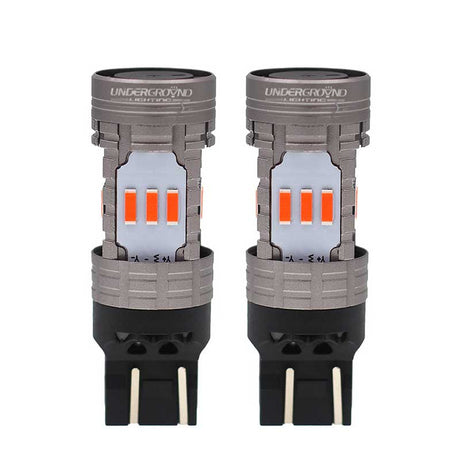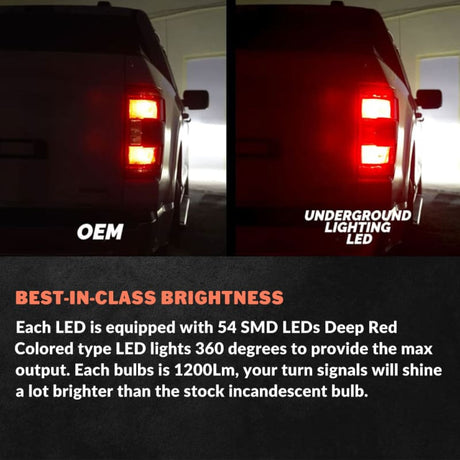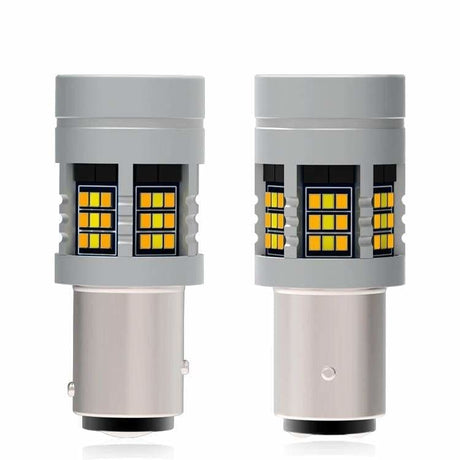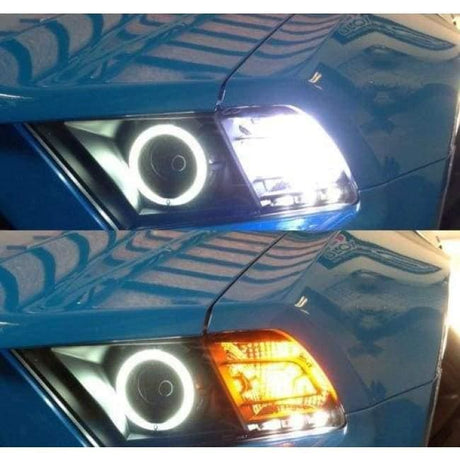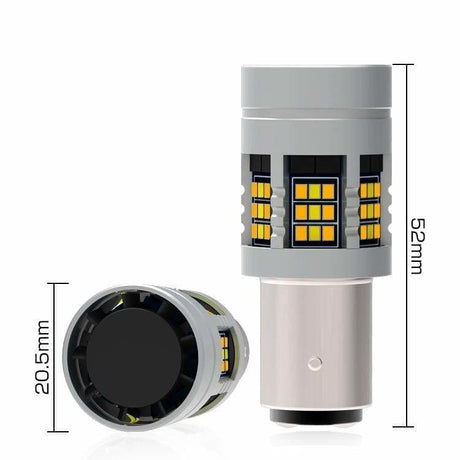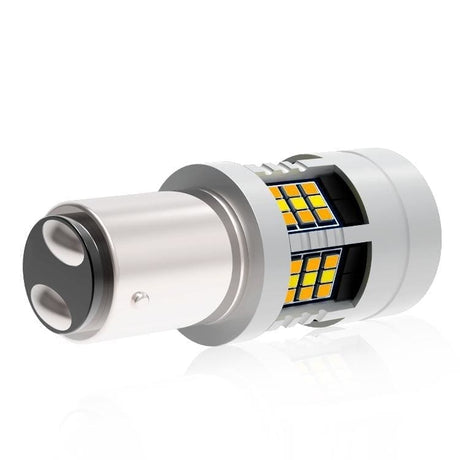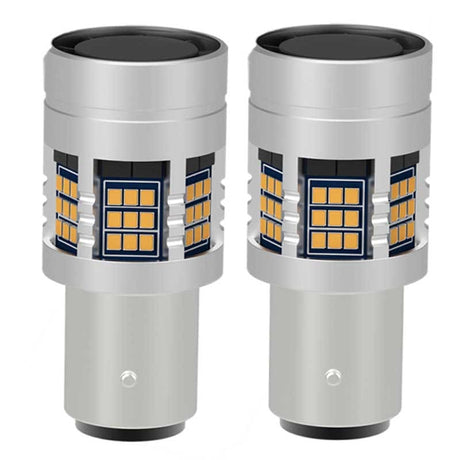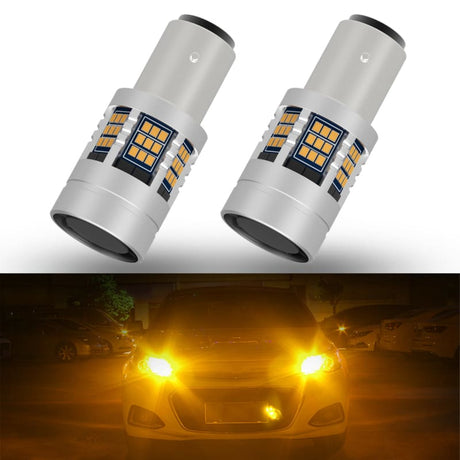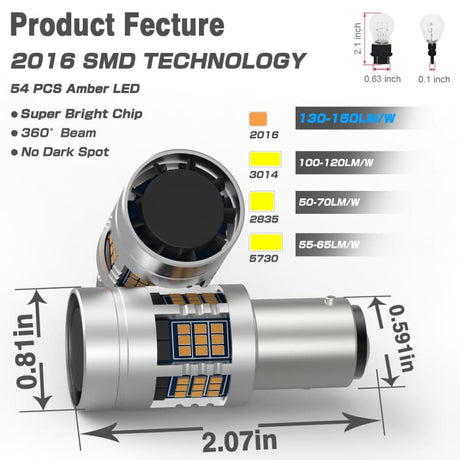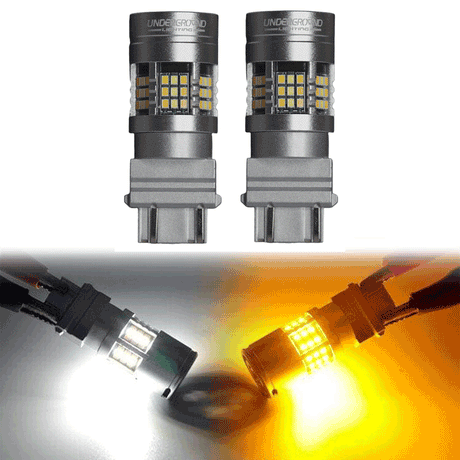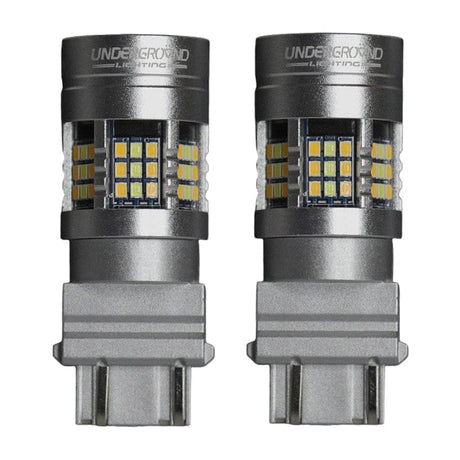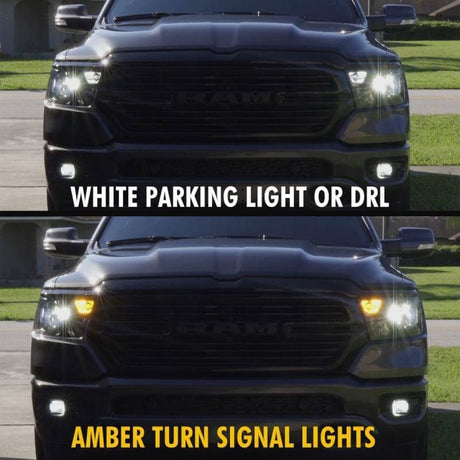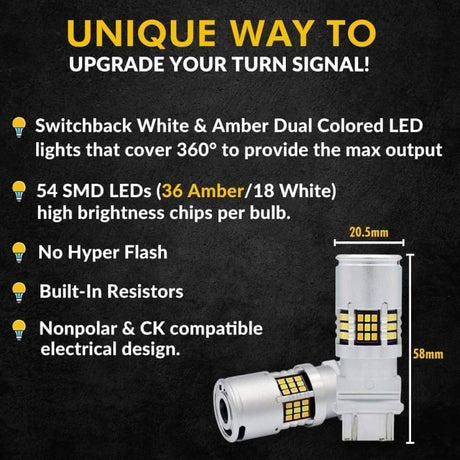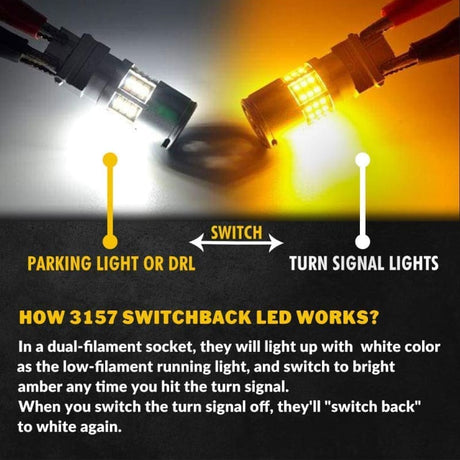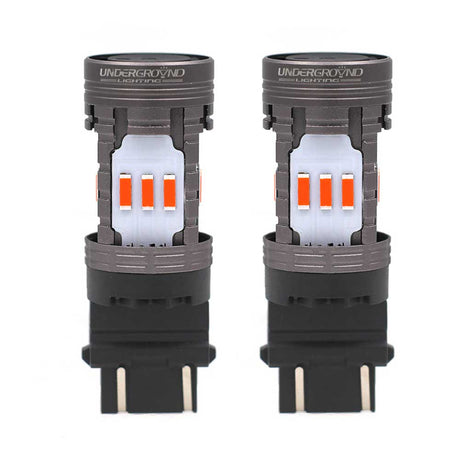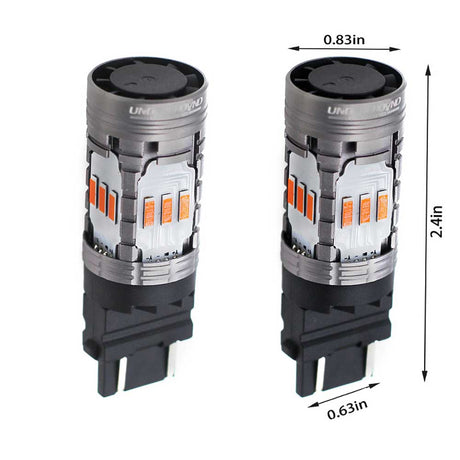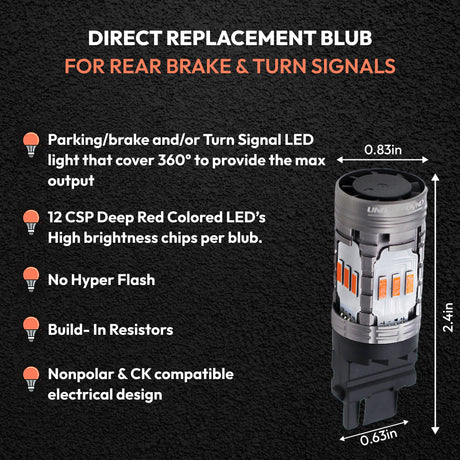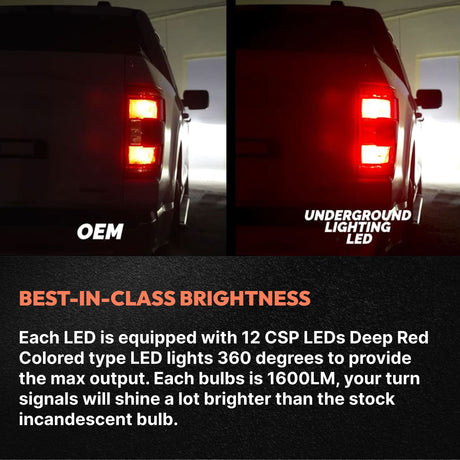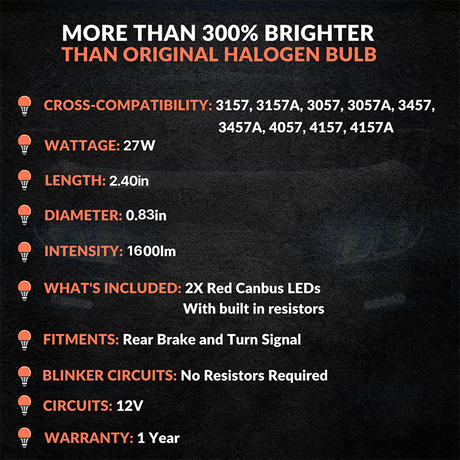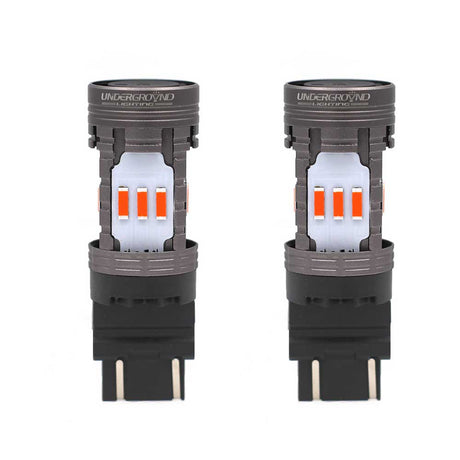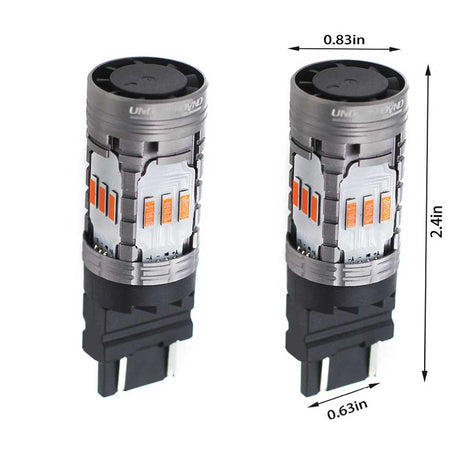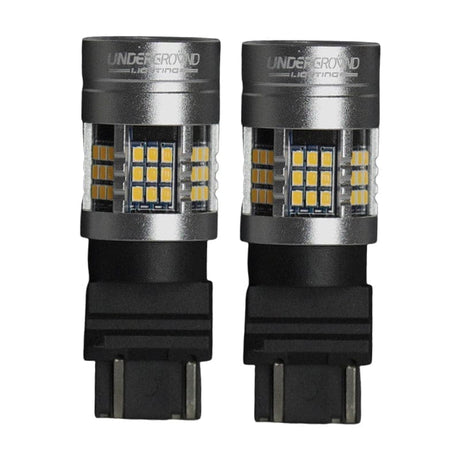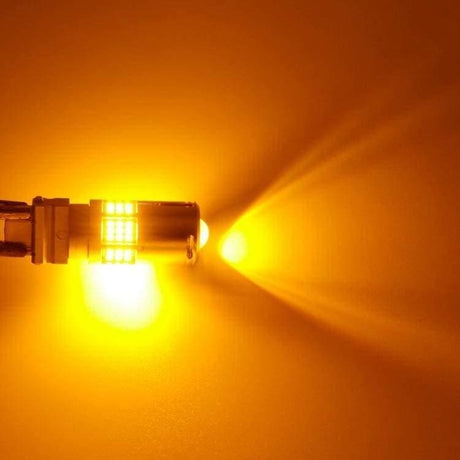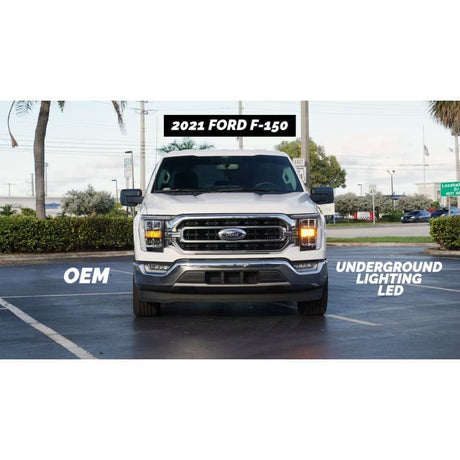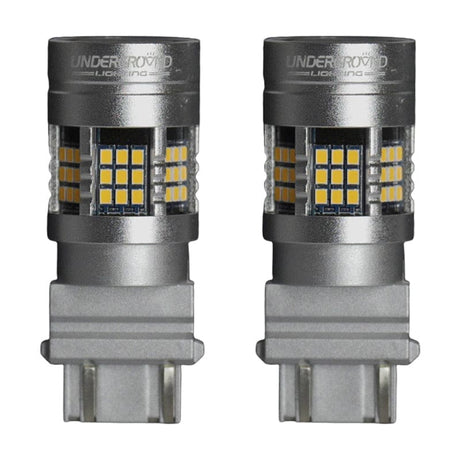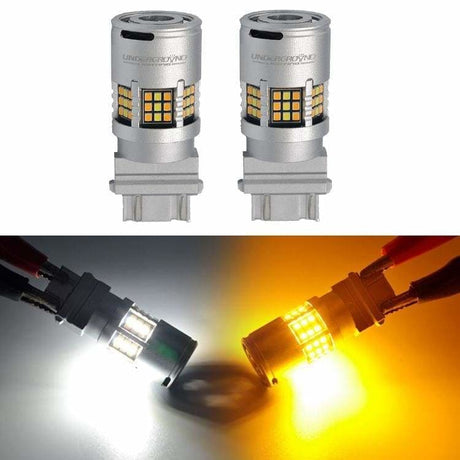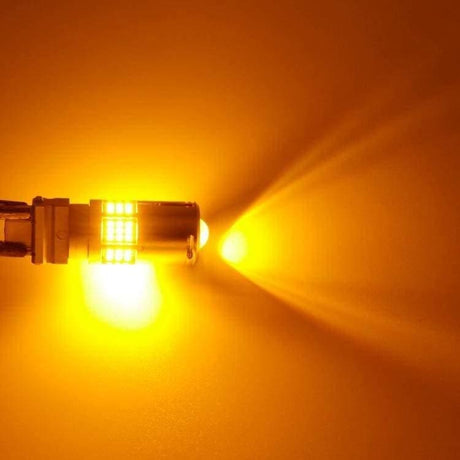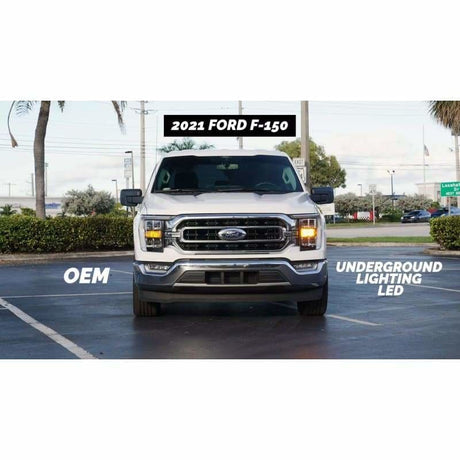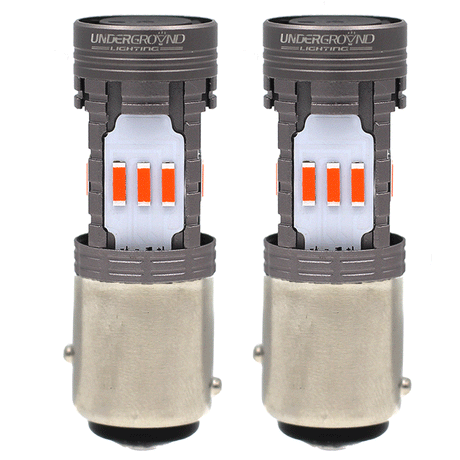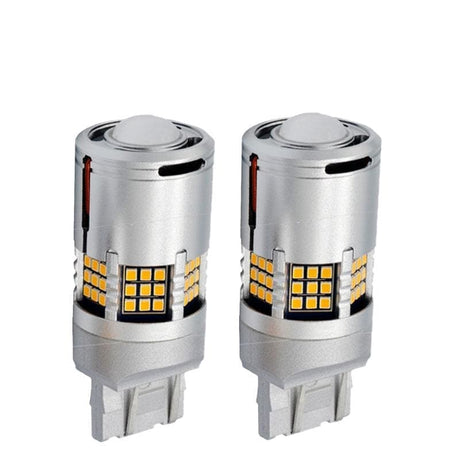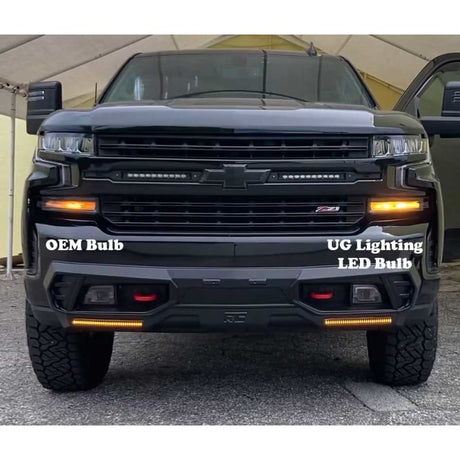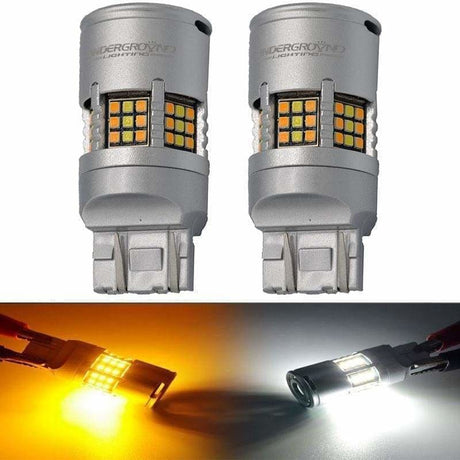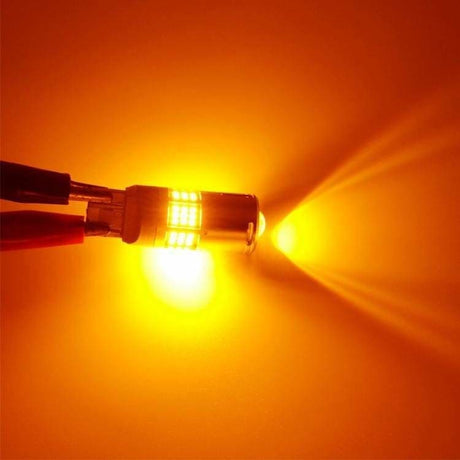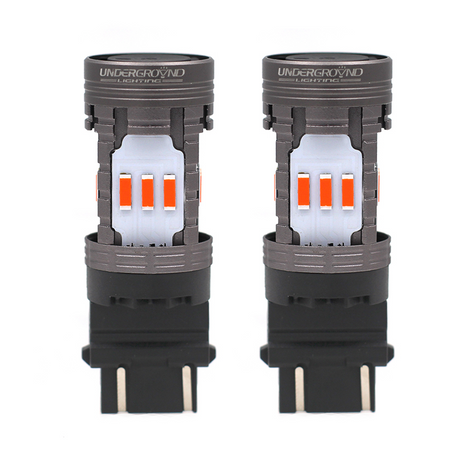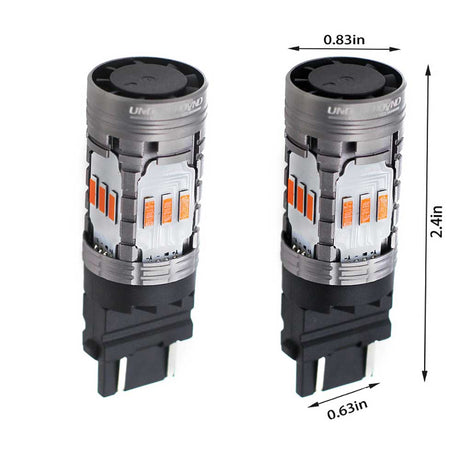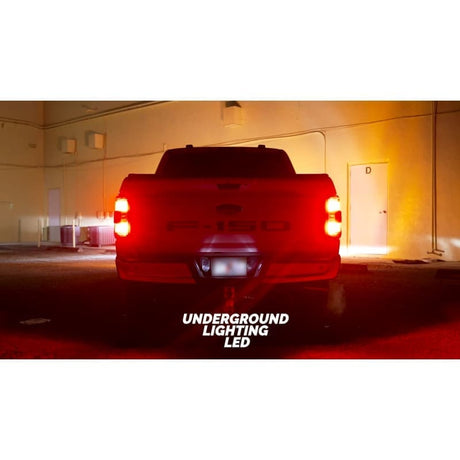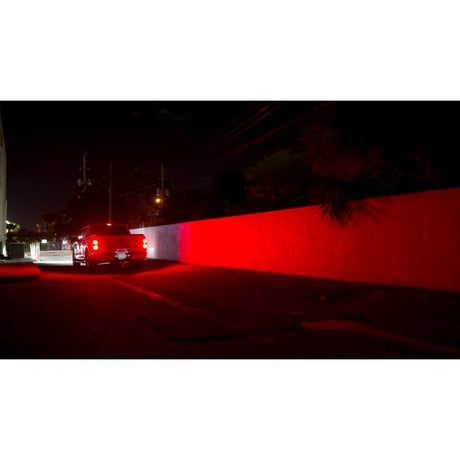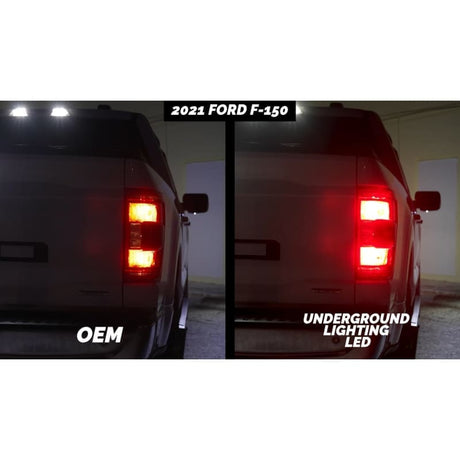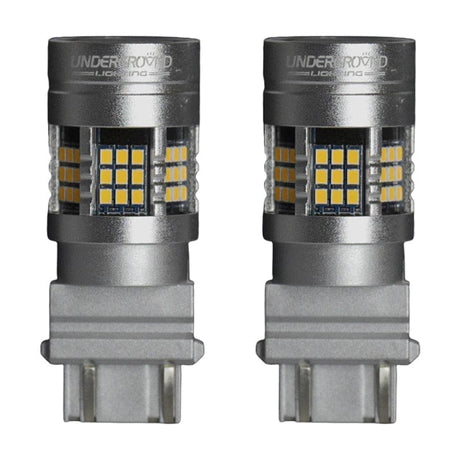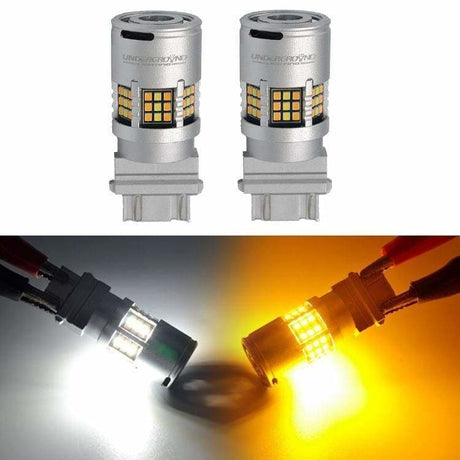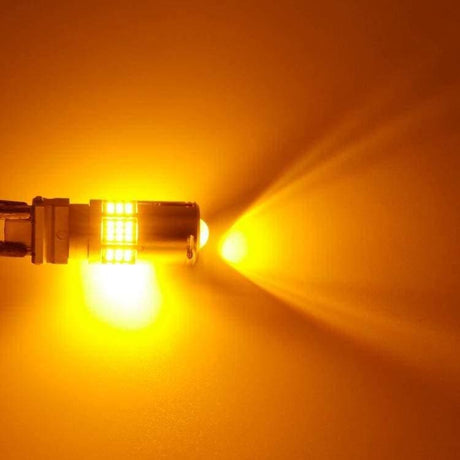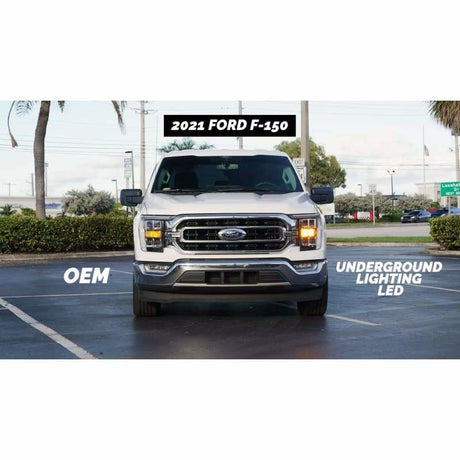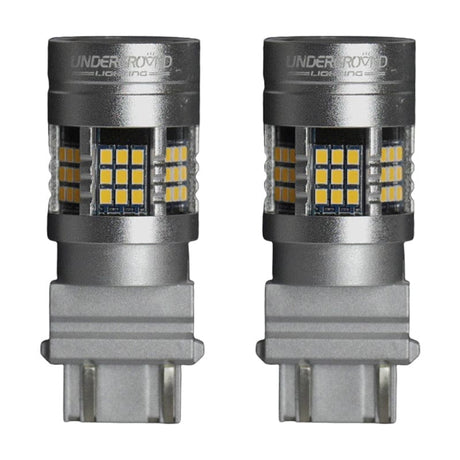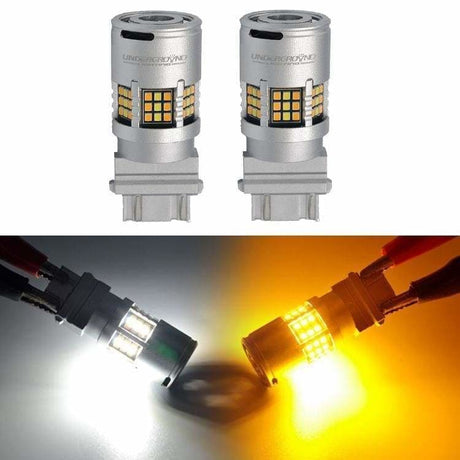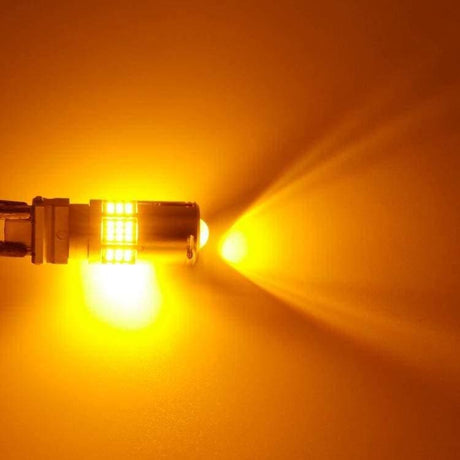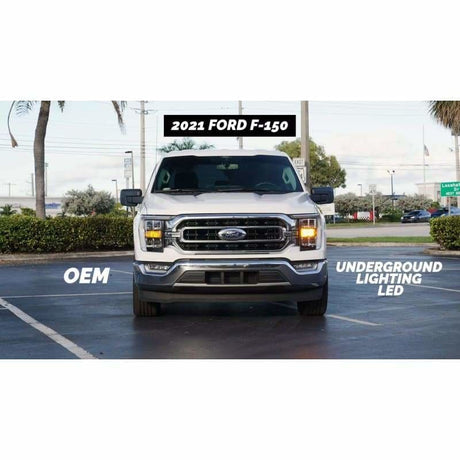- 7% off
Underground Lighting
3156/3157 Amber Turn Signal LED W/ Built in Resistors No Hyper Flash (PAIR)
Sale price $64.99 Regular price $69.99Unit price /Unavailable - 7% off
Underground Lighting
7443 Amber/White Switchback LED Turn Signal Bulbs with Built-In Resistors – No Hyper Flash (Pair)
Sale price $64.99 Regular price $69.99Unit price /Unavailable - 7% off
Underground Lighting
7440/7443 Amber LED Turn Signal Bulbs with Built-In Resistors – No Hyper Flash (Pair)
Sale price $64.99 Regular price $69.99Unit price /Unavailable - 7% off
Underground Lighting
7443/7444 Red Brake light Bulbs, Turn Signal LED W/ Built in Resistors No Hyper Flash (PAIR)
Sale price $64.99 Regular price $69.99Unit price /Unavailable - 7% off
Underground Lighting
Sale price $64.99 Regular price $69.99Unit price /Unavailable - 7% off
Underground Lighting
1157 Amber Turn Signal LED W/ Built in Resistors No Hyperflash (PAIR)
Sale price $64.99 Regular price $69.99Unit price /Unavailable - 7% off
Underground Lighting
3157 Switchback LED Turn Signal Bulbs | Dual Color White/Amber, Built-In Resistors, No Hyperflash
Sale price $64.99 Regular price $69.99Unit price /Unavailable - 7% off
Underground Lighting
3157 Red Brake Light, Turn Signal LED W/ Built in Resistors No Hyper Flash (PAIR)
Sale price $64.99 Regular price $69.99Unit price /Unavailable Underground Lighting
2021-25 Ford F150 Red Rear Brake/ Turn Signal LED Bulb W/ Built in Resistor No hyperflash (PAIR)
Regular price $69.99Unit price /Unavailable- 7% off
Underground Lighting
2020-2023 Ford F150 Amber Front Turn Signal LED Bulb W/ Built in Resistor No hyperflash (PAIR)
Sale price $64.99 Regular price $69.99Unit price /Unavailable - Up to 7% off
Underground Lighting
1999-2013 Chevrolet Silverado LED Front Turn Signal Bulbs W/ Built in Resistor No hyperflash (PAIR)
Sale price $64.99 Regular price $69.99Unit price /Unavailable Underground Lighting
1157 Red Brake Light Bulb and Turn Signal LED W/ Built in Resistors No Hyperflash (PAIR)
Sale price $64.99 Regular price $69.99Unit price /Unavailable- Up to 7% off
Underground Lighting
2014-2022 Chevrolet Silverado LED Front Turn Signal Bulbs W/ Built in Resistor No hyperflash (PAIR)
Sale price $64.99 Regular price $69.99Unit price /Unavailable - 7% off
Underground Lighting
1997-2020 Ford F Series LED Rear Turn Signal Bulbs W/ Built in Resistor No hyperflash (PAIR)
Sale price $64.99 Regular price $69.99Unit price /Unavailable - Up to 7% off
Underground Lighting
1997-2014 Ford F Series LED Front Turn Signal Bulbs W/ Built in Resistor No hyperflash (PAIR)
Sale price $64.99 Regular price $69.99Unit price /Unavailable - Up to 7% off
Underground Lighting
1999-2014 GMC Sierra LED Front Turn Signal Bulbs W/ Built in Resistor No hyperflash (PAIR)
Sale price $64.99 Regular price $69.99Unit price /Unavailable
LED Turn Signal Light Bulbs
Advantages of LED Blinker Bulbs and LED Brake Lights
-
Superior Visibility
-
Extended Lifespan
-
Instant Response Time
-
Energy Efficiency
-
Modern Styling
-
Weather Resistant
How to Find Out Which Replacement Turn Signal Bulb or Brake Light Bulb You Need
Are you looking for brake lights and turn signal bulbs for your vehicle? Use our vehicle part search today!
Frequently Asked Questions: LED Brake Lights and Turn Signal Lights
Will LED brake lights fit my vehicle?
Yes, most vehicles accept LED brake lights as long as you match the correct bulb size. Check your current bulb number to confirm the exact style your car uses.
Are LED brake lights brighter than stock bulbs?
Yes. LED brake lights create a stronger, clearer burst of light that often stands out faster to other drivers. This makes your signals easier to see in daylight, at night, and in poor weather.
Do LED brake lights need resistors?
Some vehicles need resistors when switching from incandescent to LED, especially if the electrical system expects a higher load. A resistor helps prevent rapid blinking or warning messages.
How long do LED brake lights usually last?
LED brake lights last far longer than standard bulbs. Many users see years of steady performance because LEDs run cooler and use energy much more efficiently.
How do you know which turn signal bulb is out?
When your turn signal starts blinking faster than normal (known as "hyper-flashing"), it usually indicates a burned-out bulb.
To identify which one isn't working properly, switch on your hazard lights and walk around your vehicle; the non-functioning bulb will be obvious. You can also activate your turn signals while parked next to a reflective surface like a wall or window, making it easy to spot which side isn't working.
Are all turn signal bulbs the same?
No, they are not all the same. Each vehicle uses different part numbers, which will vary by manufacturer. LED turn signal bulbs are the most popular choice when replacing factory-standard bulbs, as they project a brighter, longer-lasting, and more energy-efficient light.
Do turn signal LED bulbs need a resistor?
Most vehicles require one resistor per bulb when upgrading to LED bulbs. They need a resistor because they draw significantly less power than traditional bulbs, which can cause incorrect flash rates.
However, some LED bulbs, like our 3157 LEDs with built-in resistors, eliminate the need for separate installation. The advantages of 3157 LED turn signal bulbs with built-in resistors are easier installation and guaranteed proper operation without additional components.
Why is my blinker going twice as fast?
If you've noticed that your LED turn signal bulbs are flashing too fast, this is a signal from your vehicle that your blinker bulb(s) are going out and need to be replaced as soon as possible. Not only is the rapidly blinking light and noise annoying, but it is also a warning to you to take action as a responsible driver before you either receive a ticket or the bulb goes out completely, resulting in a possible roadside accident.
How do turn signal bulbs work?
When the driver activates the turn signal through the vehicle's controls, an electric current signals the bulb. This current flows through the filament (incandescent bulbs) or the semiconductor material (LED bulbs), generating light. A relay controls the flashing pattern, which causes the light to blink consistently.
How much does it cost to replace a blinker bulb?
The cost can be an immediate concern when it’s time to replace a failing or completely dead blinker bulb (or both!). However, longer-lasting, more energy-efficient turn signal bulbs that project the perfect amount of light output without casting a blinding glare on other drivers are well worth the investment. We have LED turn signal bulbs starting at $39.99 that burn brighter and last longer than other retailers.
What's the difference between switchback LED bulbs and regular LED turn signal lights?
Based on their design, switchback LED bulbs and regular LED turn signal lights have different functions. Switchback bulbs operate in two colors - white when the turn signal is off, functioning as a daytime running light, and amber-yellow when it's activated. Regular LED turn signal bulbs operate in a single color, illuminating only when the turn signal is engaged.
What are the best LED Lights for turn signals?
When you're choosing the best LED turn signal bulbs, look for bulbs that offer proper heat management, consistent light output, and appropriate beam patterns. Important features include durable construction, efficient cooling systems, and compatibility with your vehicle's electrical system. Consider factors like brightness levels, color accuracy, and whether you need anti hyper-flash.
How long do LED turn signal bulbs last?
LED turn signal bulbs typically operate for 30,000 to 50,000 hours under normal conditions. This extended lifespan means fewer replacements than traditional halogen bulbs, as LEDs are built to withstand vibration and varying weather conditions.
You can maintain your turn signal bulbs by keeping the housing clean and ensuring proper electrical connections. While they cost more initially, their durability and efficiency often make them a practical choice for many vehicles.
Should I choose LED or halogen lights for my car?
If you compare LED vs halogen bulbs, you’ll notice each type offers distinct characteristics for your vehicle lighting needs. Halogen bulbs provide traditional lighting performance at a lower initial cost, whereas LED bulbs deliver brighter illumination, operate more efficiently, and typically last significantly longer than halogens.
When making your choice, think about your regular driving conditions, budget requirements, and vehicle compatibility. Some vehicles may require additional components for LED installation, while others are designed for simple plug-and-play operation.

